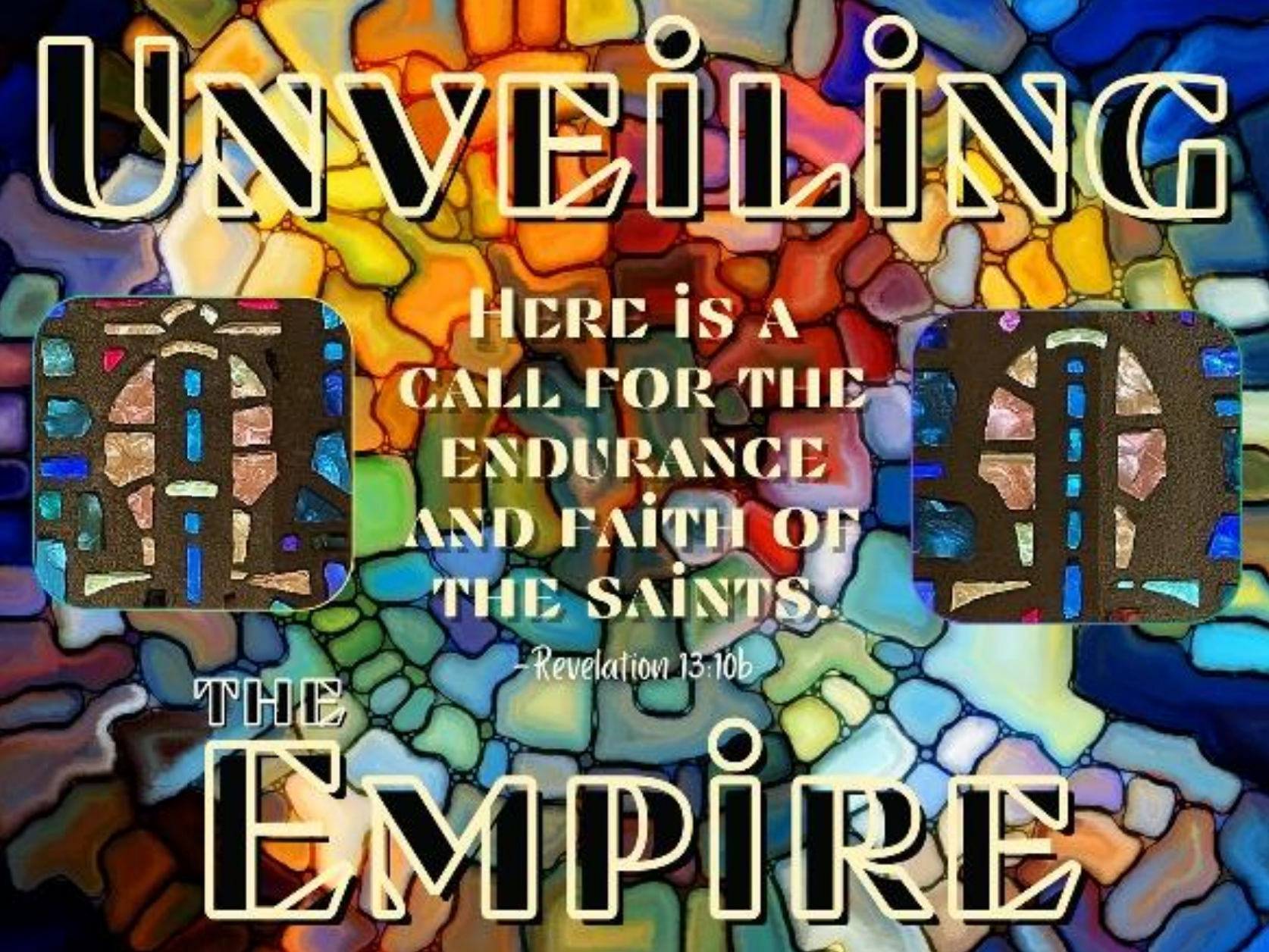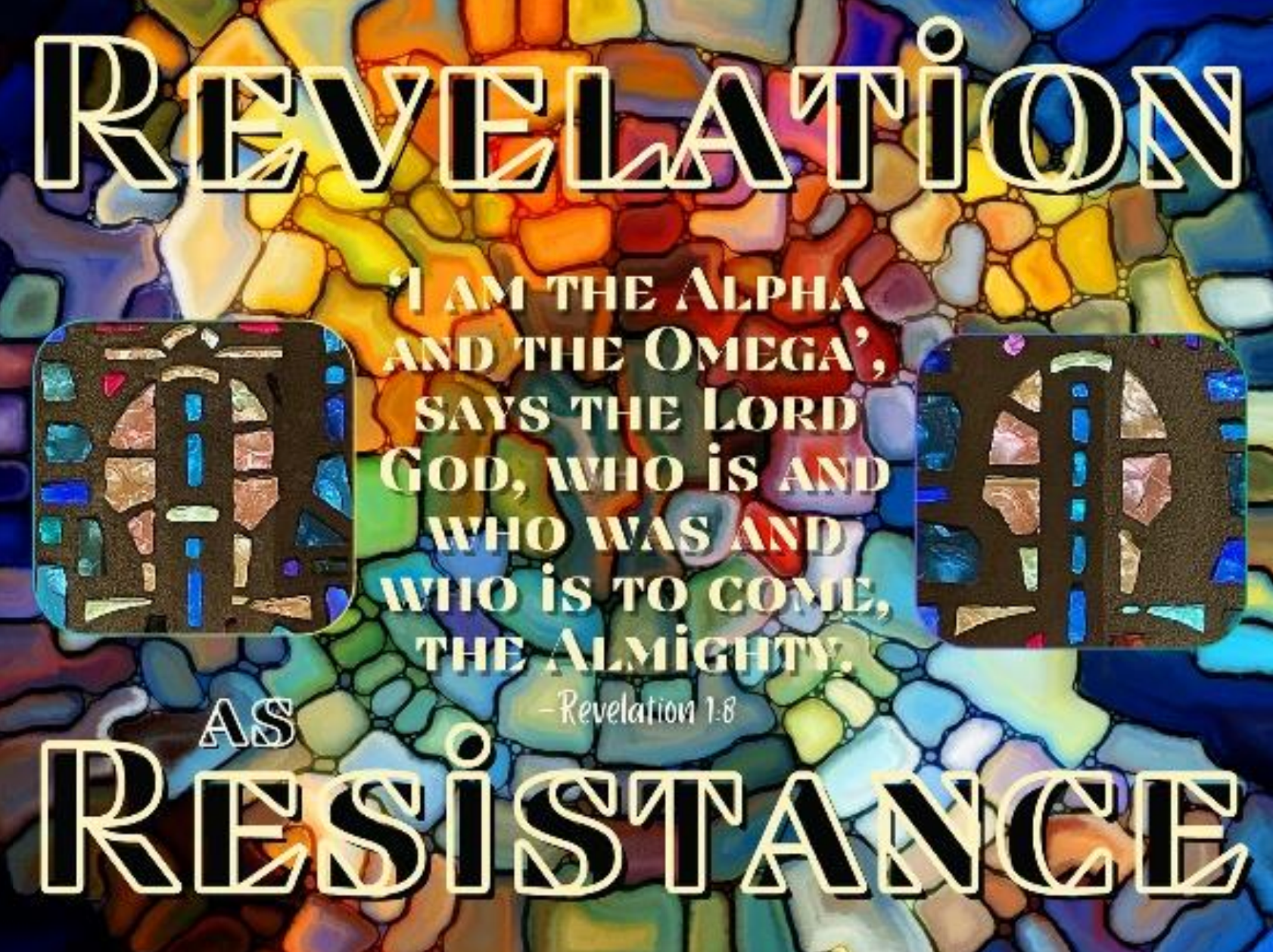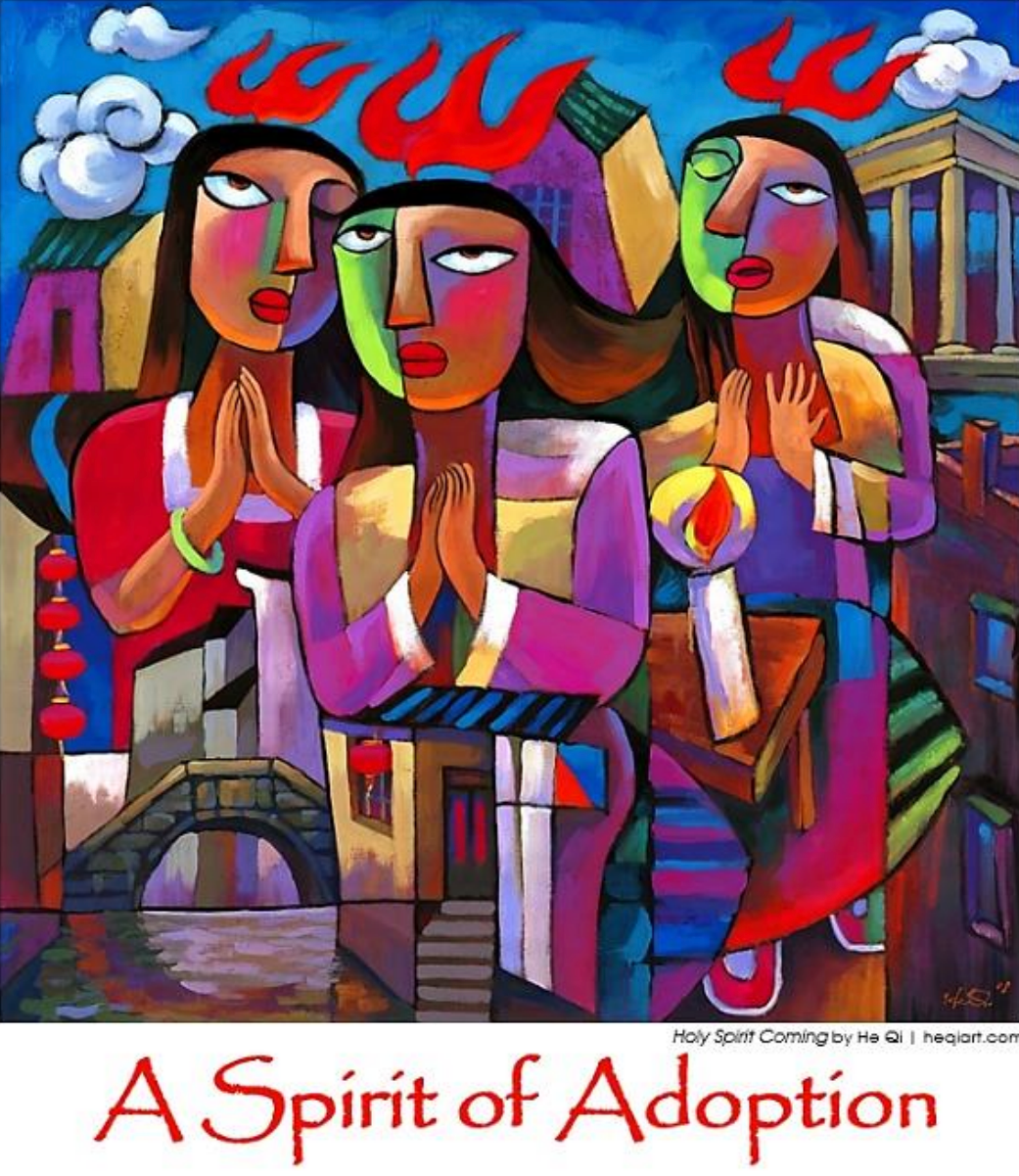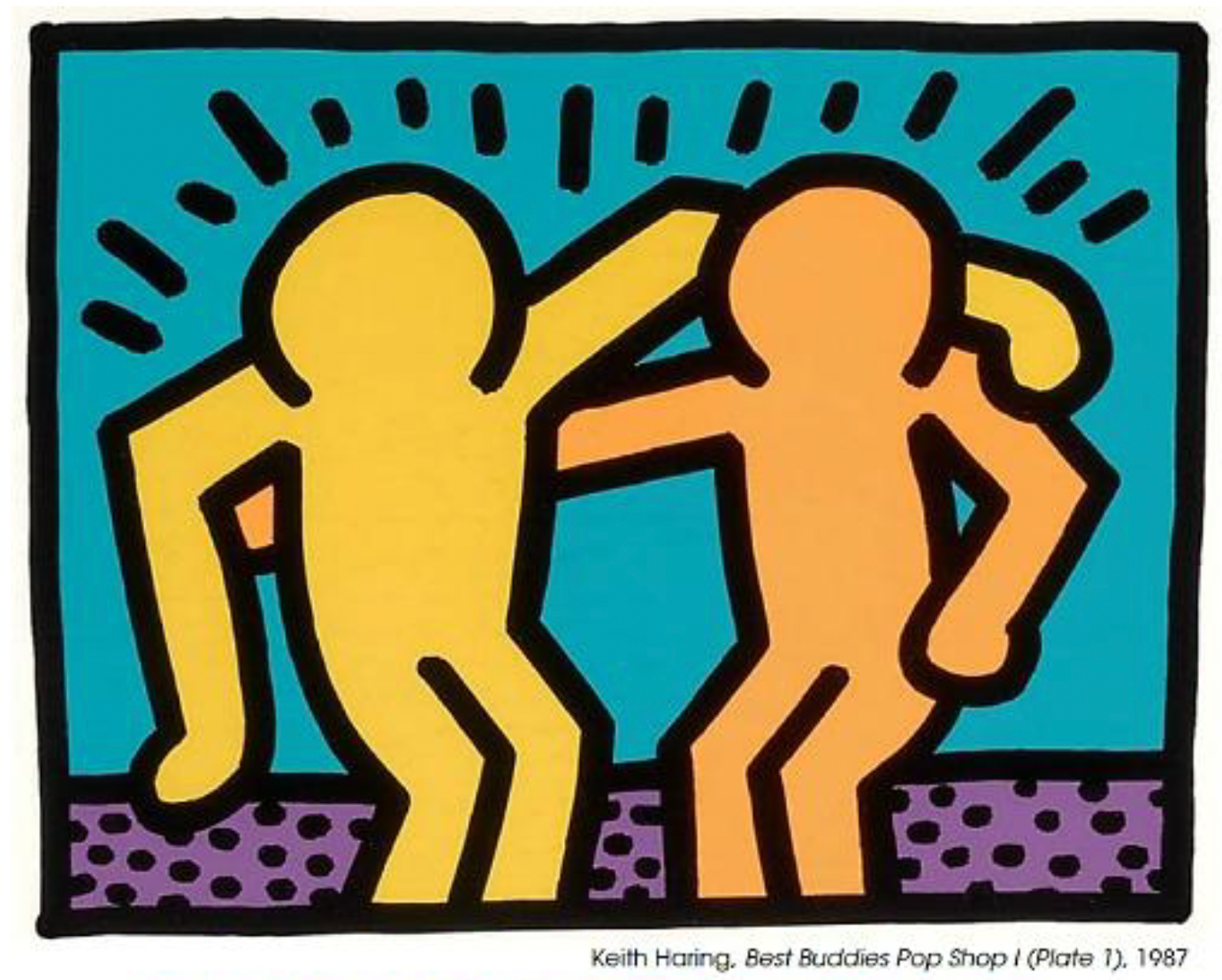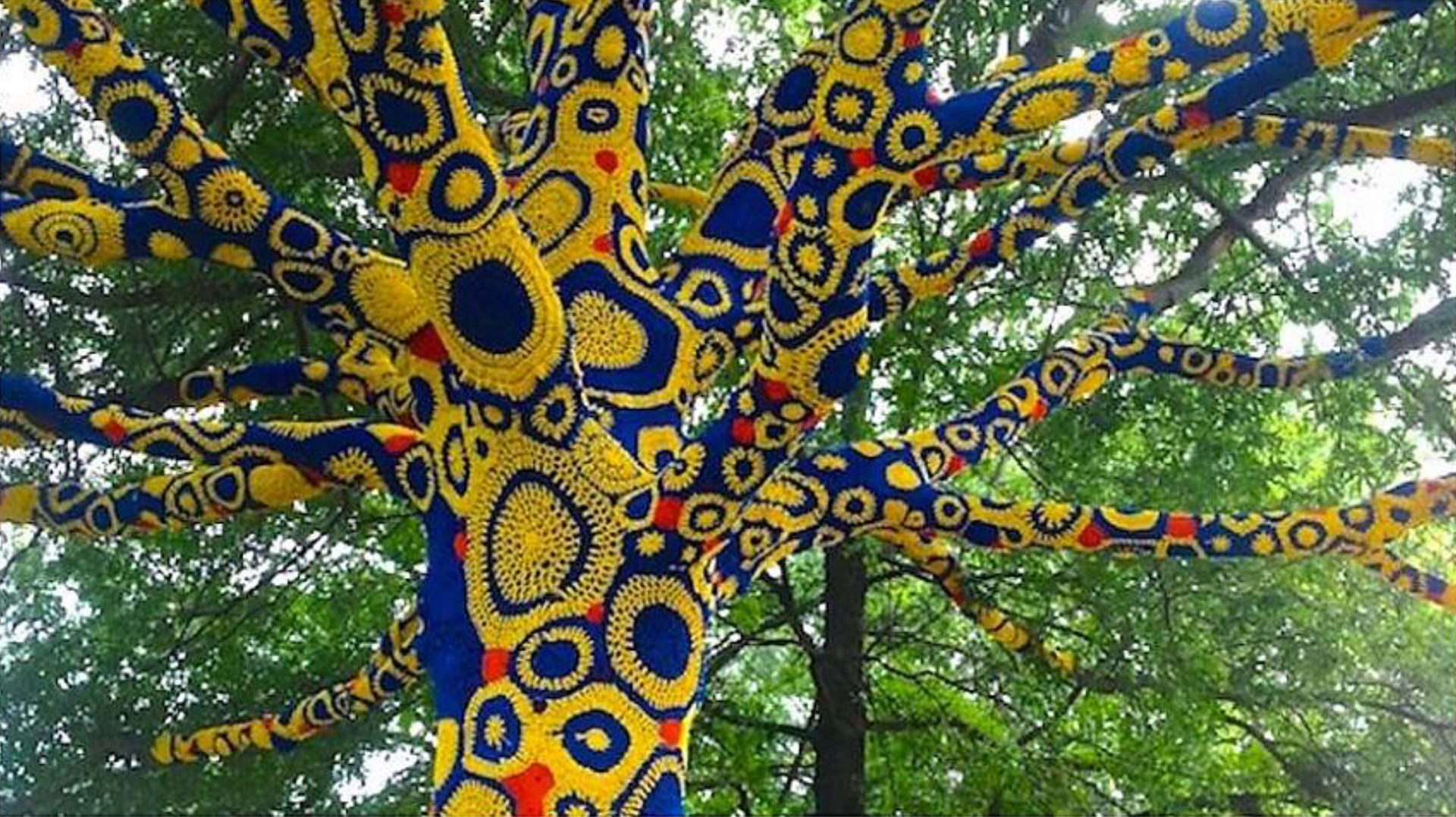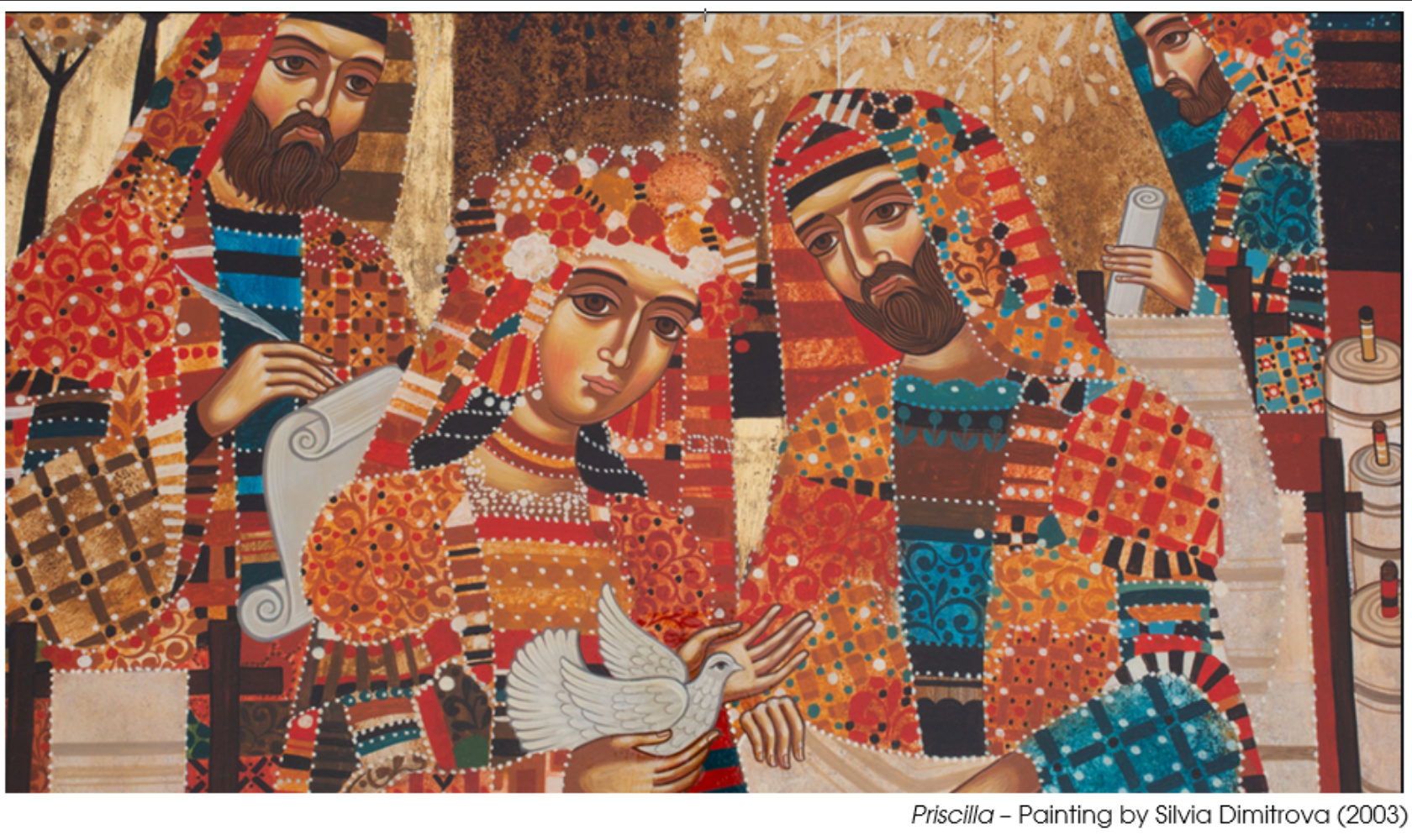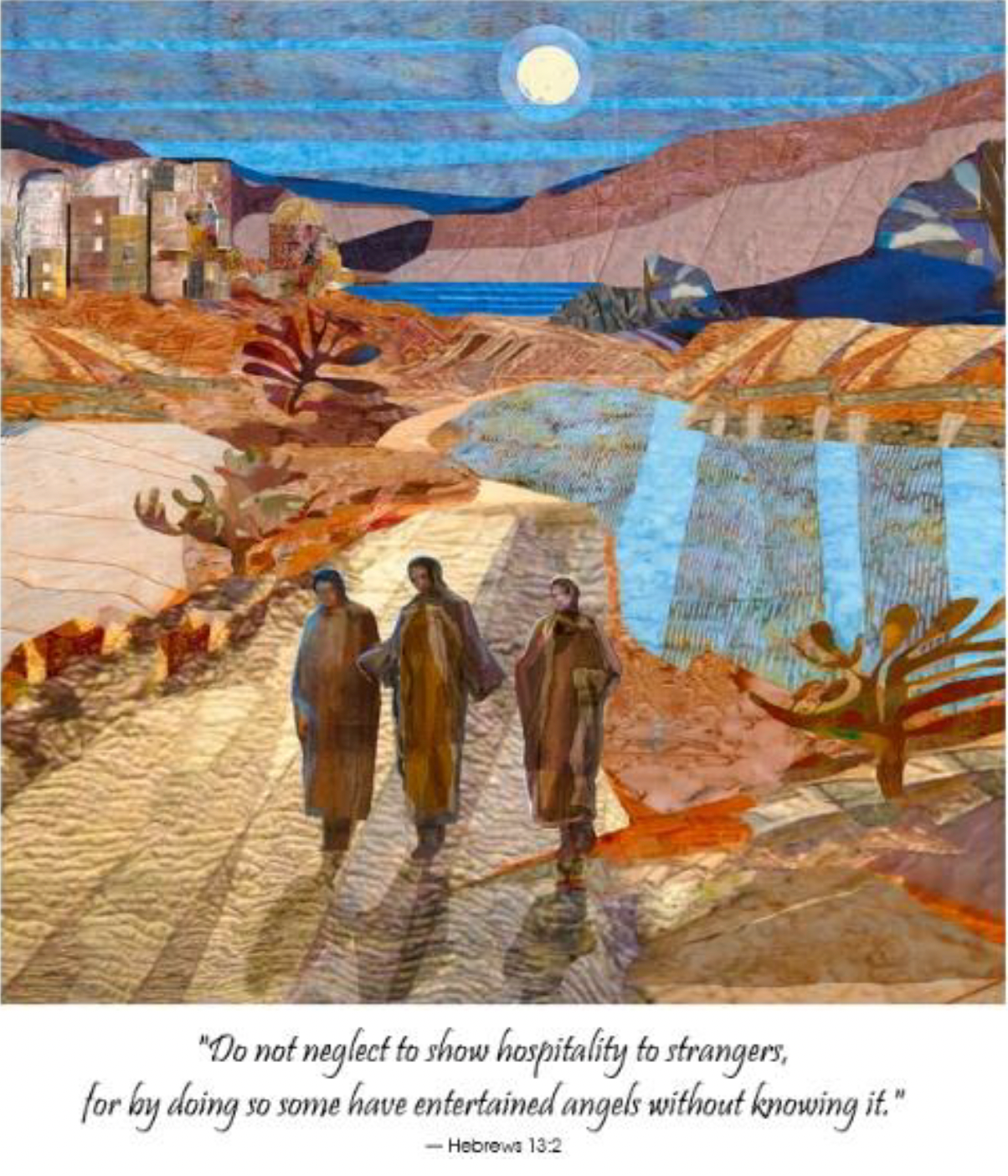Making Room for Lent and Easter
Walking with children through the dramatic stories of Holy Week can be exhausting, but also connective. The book, Make Room: A Child’s Guide to Lent and Easter written by Laura Alary and illustrated by Ann Boyajian, walks adults and young children through the first Sunday of Lent all the way through the tough events of Maundy Thursday, Good Friday, Holy Saturday, and ends in the glory of the Easter story. She frames each event in terms of making space: in the Kingdom of God, in our hearts, houses, tables, and more. She addressed the people who did not want to make space for Jesus or his welcoming and just ways. When reading the Lenten story with 2nd graders or older, jump directly into the gospels in the bible. If you don’t have access to a bible, check biblegateway.com and locate the CEV or Contemporary English Version for readability. It is good to navigate the chapters and verses with your child, so that they understand how to find passages in the bible. Start your reading journey on the first Sunday in Lent and explore until Easter Sunday.
We start Holy Week on joyous Palm Sunday when children wave palms and shout, “Hosanna! Save us now!” Adults know the dramatic irony that not all will welcome Jesus into Jerusalem during Holy Week. Children linger in the hope of the present moment. Jesus, riding on a donkey, is the one to be celebrated. Laura Alary asks, “I wonder who they thought Jesus was? I wonder what they hoped he would do for them?” Then we move into the trials that Jesus faces during the week. During Passover, Jesus invites his disciples to share a Last Supper as well as enjoy a loving gesture of washing the feet. Alary writes, “He [Jesus] pours himself out like water from a pitcher. He touches what is dirty and hurting and makes it clean and whole.” He reminds his beloved friends that he will always be with them in spirit. Then Jesus’ friends fall asleep and fail to protect him while in the garden. Jesus is taken away by soldiers. Good Friday scares us by its violence and saddens us by its sense of finality in Jesus’ death on the cross. Alary writes, “The cross is draped in black. The church is not dressed in purple anymore. It is bare and sad and full of shadows. Outside on the street I head people laughing and talking. It seems wrong. Don’t they know what has happened to Jesus?” On Holy Saturday we wait, make room, and wonder what it felt like on that early Easter morning for the women to find the stone rolled away from the tomb and Jesus raised from the dead. Alary exclaims, “Hallelujah! Jesus is risen! The colors of the sunrise spill over and splash into our church. Everywhere there are flowers and green leaves, beautiful banners and bright sunlight. The shadows are gone. Lent is over.”
Let us make room according to Matthew 25: feed the hungry, provide company to the lonely, and help those who are in unjust situations or have left prison. Calvary Presbyterian Church, along with a host of other interfaith houses of worship, is a Matthew 25 church as well as a Sanctuary church. We believe in connecting directly with people who want assistance, accompaniment, and acceptance. It is our calling to serve inside and outside of the walls of the church just like Jesus did in his walks through towns and cities. Let us make space in our lives by making it simpler if possible. Let us acknowledge things that we think are preventing us from connecting with God even though God is always present. Let us experience the joy of sharing with others and the peace of spending time alone in self-care.
